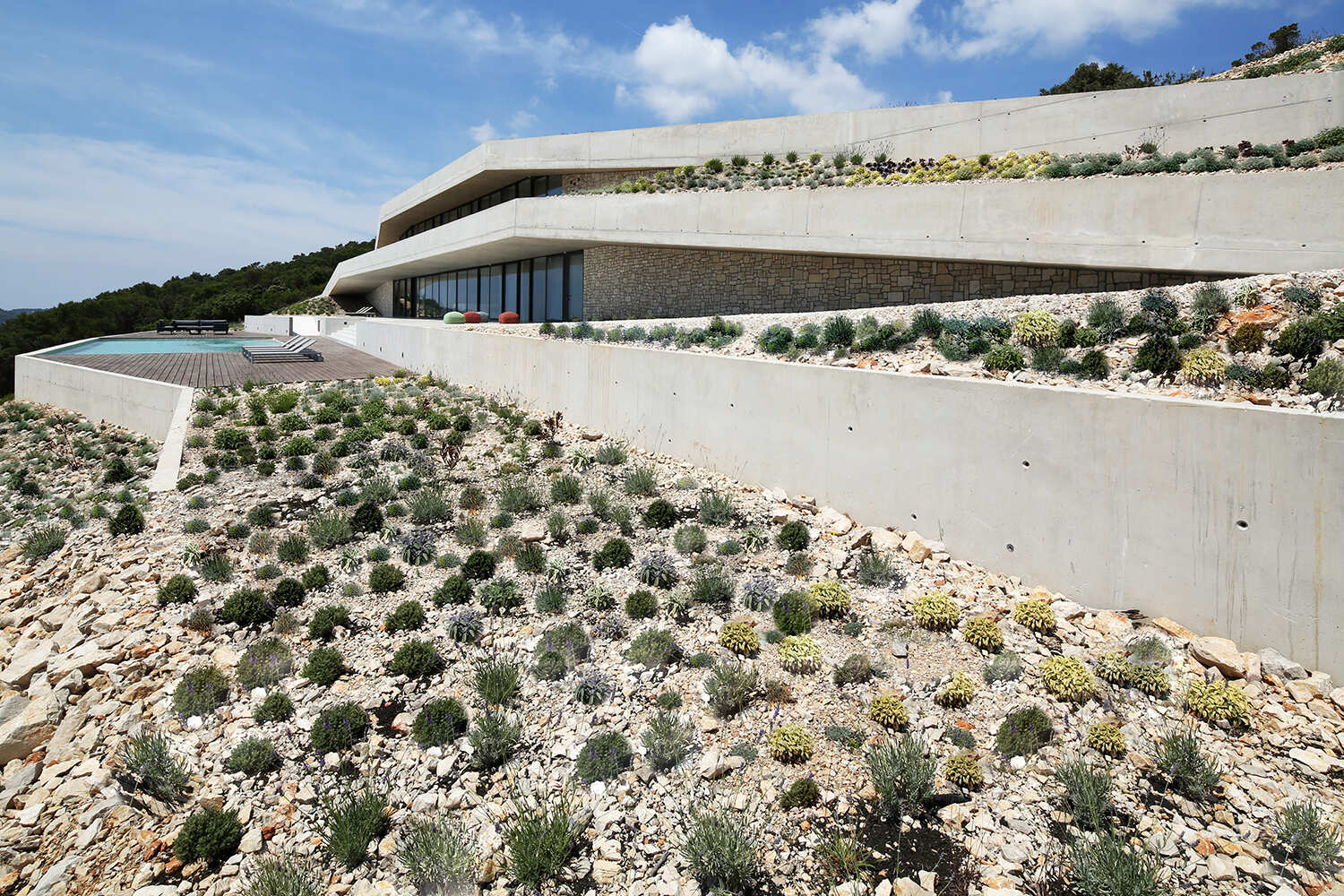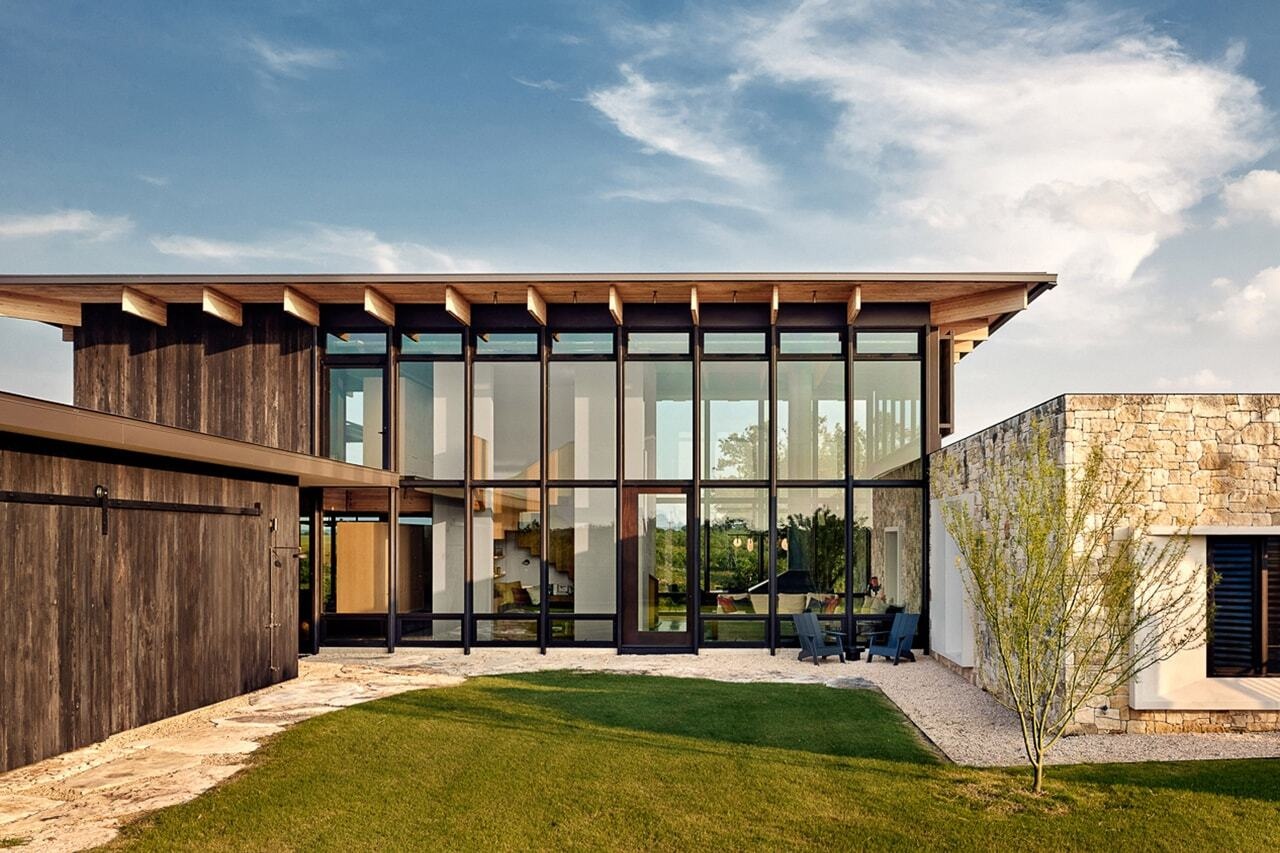Kazuyo Sejima discusses SANAA's most notable projects at University of Pennsylvania's Weitzman School Awards


Promotion: in a recent lecture, cofounder of Japanese studio SANAA, Kazuyo Sejima, explained how the studio's key projects connect with their surroundings and create space to "bring people together".
Sejima gave a speech at the Weitzman School Awards 2024 ceremony in Philadelphia, where she was awarded the 2024 Kanter Tritsch Medal in Architecture.
She spoke about her approach to designing architecture and how this has developed in the 30 years since founding SANAA.

One of the themes that carries through her three decades at SANAA is the goal of creating spaces that facilitate social gathering. Sejima stressed the importance of developing buildings that ensure people feel independent but also a togetherness.
"I have always been interested in how to make a place that brings people together, like a park," said the Japanese architect. "A park has a very special atmosphere. It is a space that can be experienced in many ways."
"People feel independence, but also togetherness," she continued. "There is continuity between activities and respect for each other."

One of Sejima's buildings that exemplifies these ideas of togetherness and park-like design is the 21st Century Museum of Contemporary Art in Kanazawa, Japan, which was completed in 2004 as SANAA's first major museum commission.
It features a large, low-lying circular structure that contains art galleries, a library, a lecture hall, and a children's workshop, all enclosed by glazed facades that overlook the surroundings.
"It required closed and controlled spaces, but we tried to connect with the surroundings and make it an extension of the city," said Sejima.
"There is no clear direction or route, but streets pass through the entire building to create a visual connection with the surroundings," she added. "People understand where they are by reading the contexts outside."

Aiming to build upon ideas formed while designing the museum in Kanazawa, SANAA designed Manhattan's New Museum of Contemporary Art in 2007 to also connect with the surrounding environment.
The studio created a series of stacked white boxes arranged in a staggered formation to form terraces and skylights.
"This time, the context was urban and the site was attached to its neighbour," said Sejima. "By shifting each floor, we created a sense of continuity between the building and the surroundings."

Another significant gallery by SANAA is the Sydney Modern extension to the Art Gallery of New South Wales, which opened in 2022 with a series of stepped pavilions embedded into the landscape.
Similar to the New Museum of Contemporary Art, it is made up of a collection of staggered volumes that form gathering spaces in the voids between.

"Our building is a series of platforms that connect the various parts of the artificial topography," said Sejima. "The volumes adjust to the level changes and each other, opening the view to the surroundings."
"The boxes seem to slide past each other on the interior as much as the exterior," she continued.
"From below, visitors can look back up through layers of activities, while the artwork and gathering spaces activate the spaces between volumes."

Also discussed in the talk was the Rolex Learning Center in Switzerland and The River community centre in Connecticut, USA, which both have forms that respond to the shape of the landscape.
The Rolex Learning Center has an undulating shape with floors that rise and fall like hills, while The River has a sinuous shape that weaves between trees.
Sejima described The River as having an organic shape that "creates a series of open courtyards that frame the landscape".
"As you move through the project, the building appears and disappears – sometimes it frames the sky."
Sejima gave the talk on her prolific career after receiving the Kanter Tritsch Medal in Architecture, which aims to celebrate the achievements of leaders in architecture and planning, as well as students, faculty, and alumni of the Stuart Weitzman School of Design.

This week the 2025 award was given to Bangladeshi architecture firm Marina Tabassum Architects, which will be presented at a public ceremony featuring lectures by the honorees on 12 November, 2025.
"The work of Marina Tabassum Architects dazzles not just formally but also culturally and environmentally," commented Fritz Steiner, dean and paley professor at Weitzman.
Alongside its professional awards programme, the University of Pennsylvania awards a second-year Master of Architecture student with a $50,000 scholarship, towards tuition and fees in their final year of study.
Visit the university's website to learn more about its courses and awards programme.
Partnership content
This article was written by Dezeen for the Weitzman School Awards as part of a partnership. Find out more about Dezeen partnership content here.
The post Kazuyo Sejima discusses SANAA's most notable projects at University of Pennsylvania's Weitzman School Awards appeared first on Dezeen.




















































